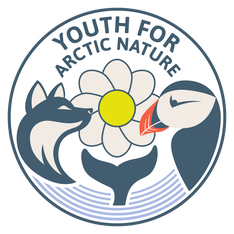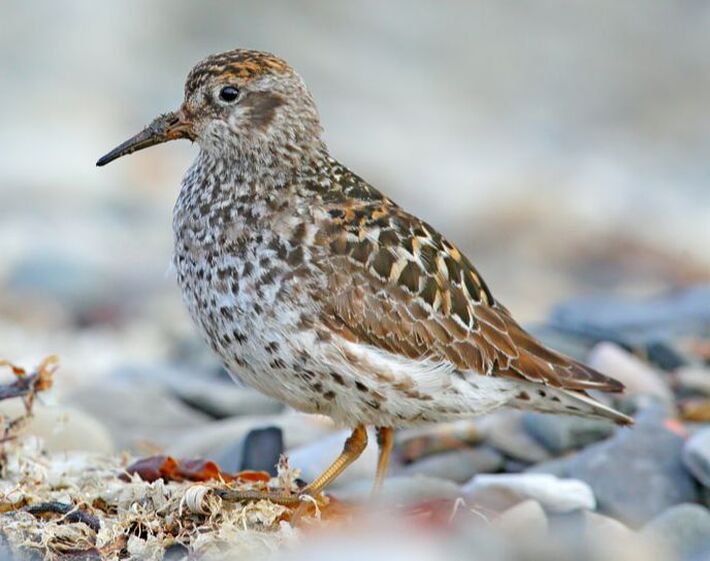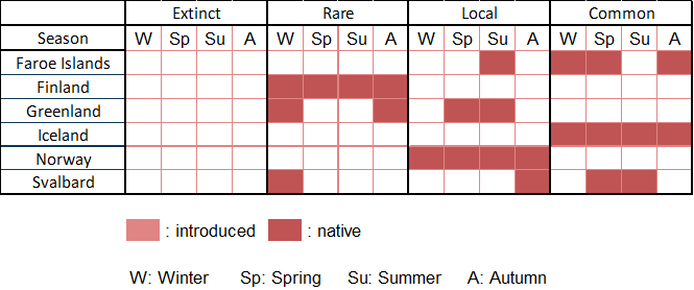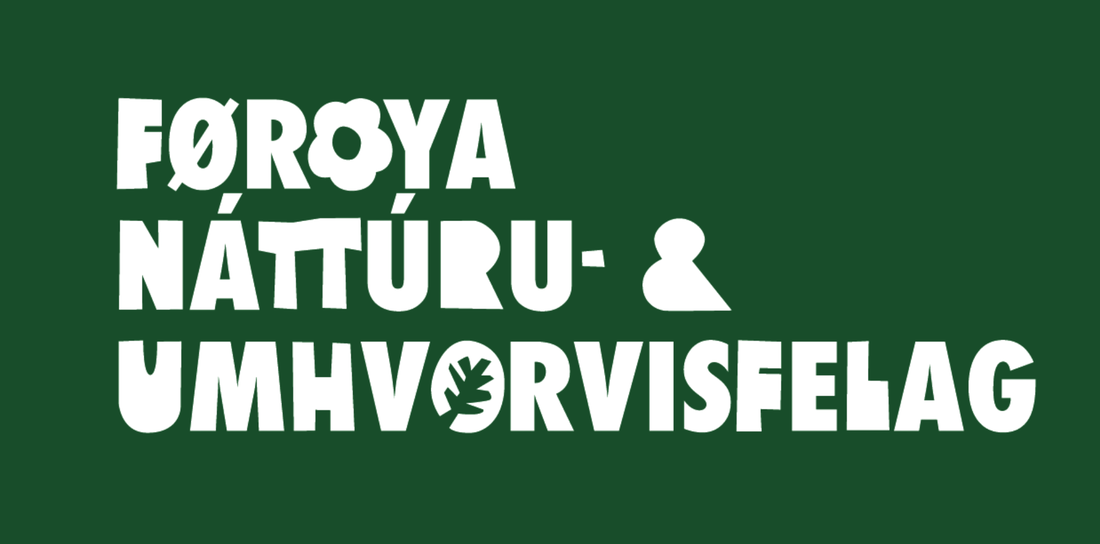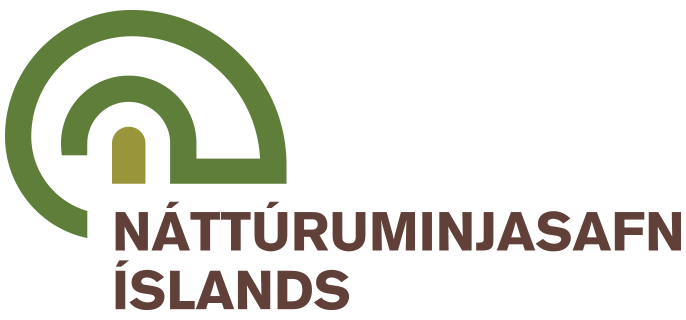|
Vulnerability: least concern (population decreasing) Invasive: no Identification: medium Monitoring: medium (plumage is not very bright) |
|
What is it? The purple sandpiper is a stout medium-sized wader, with body lengths ranging between 20 and 22cm for wingspans between 38 and 44cm. It weighs approximately 80 grams. The legs and slightly down-turned beak are orange-yellow. The summer plumage (see picture to the right) shows a "scaled" pattern with reddish, brown, and dark brown plumage. In winter (see cover picture) the plumage is duller, dark grey and white. |
|
Where is it? The purple sandpiper is a specialist of northern latitudes which breeds and winters in the Arctic and subarctic. It breeds around the North Atlantic: in northeastern Canada, western and southern Greenland, Iceland, the northern Fennoscandian coast, Svalbard, and northwestern Siberia. The purple sandpiper is a short distance migrant. It is common for some populations to winter in Iceland, southern Greenland, and northern Fennoscandia. It is a scarce breeder in the Faroe islands where it is also a common winter visitor.
|
|
Interesting facts |
- Purple sandpipers are very tame birds: it is possible to approach them and observe their behavior up-close. They are perfect subjects of bird photography.
- While they are common wintering visitors in the UK, only one to three pairs of purple sandpipers are known to breed in the country, more specifically in Scotland. They are so rare that the breeding locations are kept secret to protect the birds.
Pictures
- "Purple Sandpiper" by Alberto_VO5 is marked with CC BY-NC 2.0.
References
- Birding Svalbard. (2021). Norwegian Ornithological Society. http://www.svalbardbirds.com/index.html
- BirdLife International (2022) Species factsheet: Calidris maritima. Downloaded from http://www.birdlife.org on 11/05/2022.
- Hilmarsson, J. Ó. (2011). Icelandic Bird Guide: Appearance, Way of Life, Habitat (3rd ed.). Mal Og Menning.
- Olofson, S. (2012). Birds of the Faroe Islands. Visit Faroe Islands. www.visitfaroeislands.com.
- Purple Sandpiper Bird Facts | Calidris Maritima. (n.d.). Royal Society for the Protection of Birds. Retrieved May 16, 2022, from https://www.rspb.org.uk/birds-and-wildlife/wildlife-guides/bird-a-z/purple-sandpiper/
- Sale, R. (2006). A complete guide to Arctic wildlife. Christopher Helm.
- Svensson, L., Mullarney, K., Zetterström, D., & Grant, P. J. (2010). Collins Bird Guide: The Most Complete Guide to the Birds of Britain and Europe (2nd ed.). Collins.
